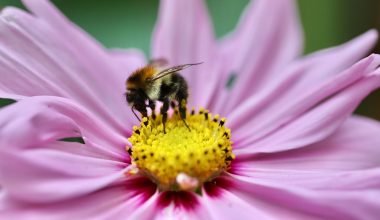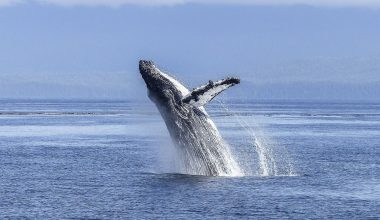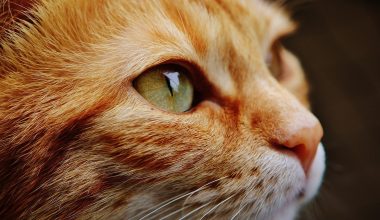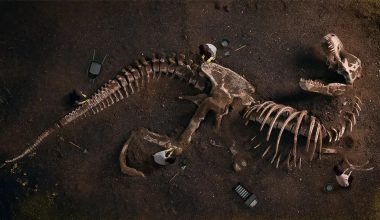Rainforest chimpanzees of Uganda’s Waibira community have started digging small wells after apparently learning the skill from an immigrant female chimpanzee named Onyofi. Researchers said it’s the first time that well-digging has been observed in rainforest chimpanzees. However, only female chimps dug the wells and no adult males were seen doing so, although they used the wells for water.
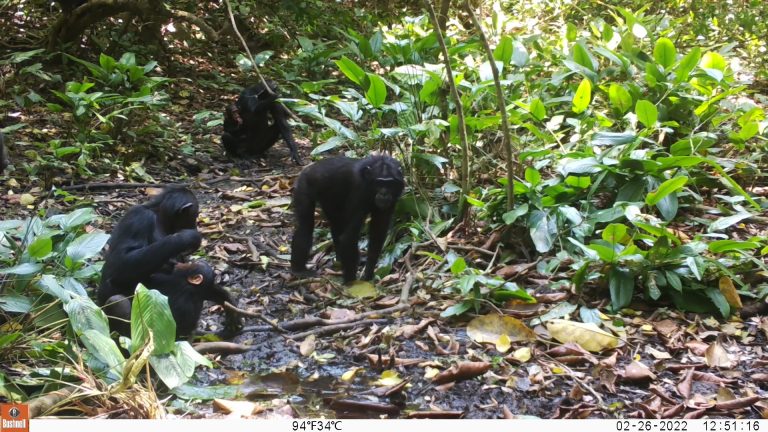
Chimpanzees are incredibly intelligent. The apes have been observed working with tools and can communicate with complex vocalizations consisting of hoots, grunts, or roars. Most often, young chimps learn tool use and other behaviors from their elders through social learning. Now, researchers have observed a community of wild East African chimpanzees digging wells after observing the skill of an immigrant chimp from another group.
The astonishing research was published in the journal Primates.
A young female named Onyofi arrived at her new group in 2015. Soon after, researchers noticed she began digging wells. Scientists think that she grew up in a well-digging community of chimps before joining the Waibira group in the rainforest, Jason Goodyer reports for Science Focus. Upon seeing Onyofi digging wells, other chimpanzees—both young and full-grown—were interested in the behavior. Dominating males watched her dig and drink from a well before they drank from it as well. Other female chimpanzees in the Waibira group followed Onyofi’s lead and dug, per Science Focus.
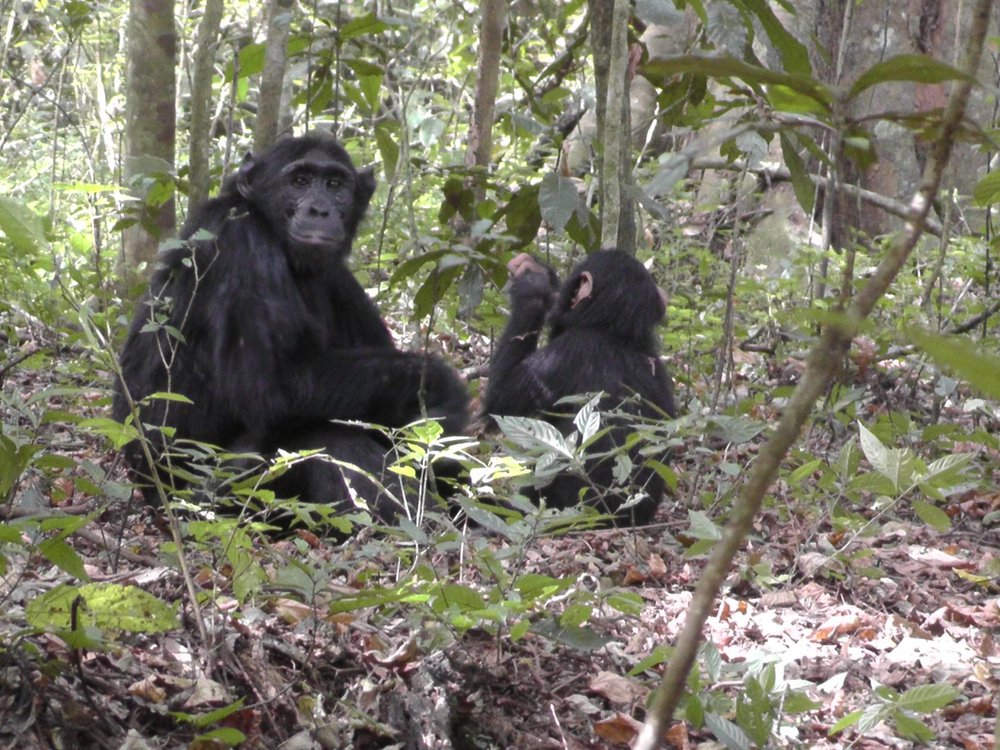
No males were observed digging wells, reports Samuel Webb for the Independent. Well-digging behaviors have been observed previously in areas with dry habitats, and researchers only know of three chimpanzee groups in the savannah that do so, Hella Péter, says in a statement.
“What we’ve seen in Waibira is a bit different from those groups. First, they live in a rainforest, so most people assume getting water shouldn’t be a challenge—but it looks like the yearly few months of the dry season is enough to cause some trouble for them! What’s also interesting is that the wells all appear next to open water, so the purpose of them is likely filtering, not reaching the water—the chimpanzees might get cleaner or differently flavored water from a well, which is fascinating,” Péter explains in a statement.
Overall, Onyofi’s skill highlights the importance of water as a resource, even in rainforest communities. It also shows the chimpanzee’s behavioral adaptations to changing climates. If rainfall is limited, the apes could dig as their habitats change, per a statement. The team hopes to find out if males will eventually begin to dig their wells.
“We’re curious to see what happens once some of the young males who can dig grow older—maybe they will be acceptable teachers for the big males, and they’ll stop relying on others to dig wells for them,” Catherine Hobaiter, study author and primatologist at the St Andrews School of Psychology and Neuroscience says in a statement.
Soure: Smithsonian Magazine

